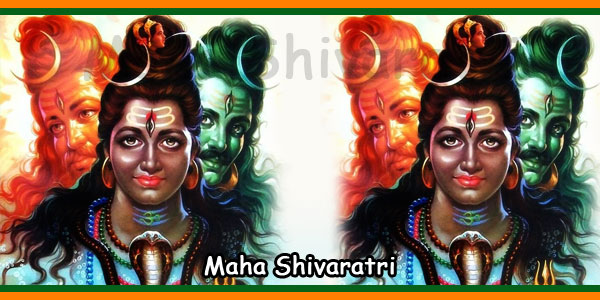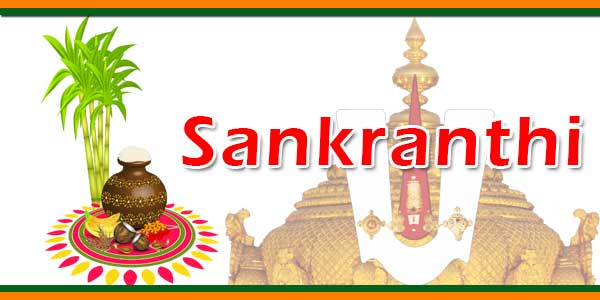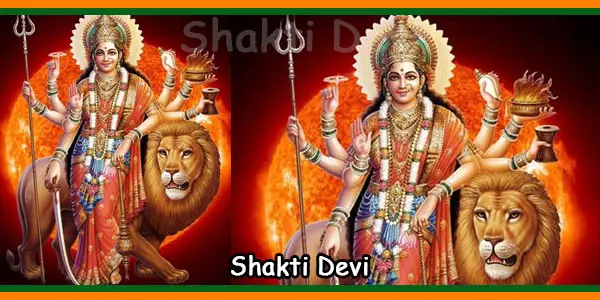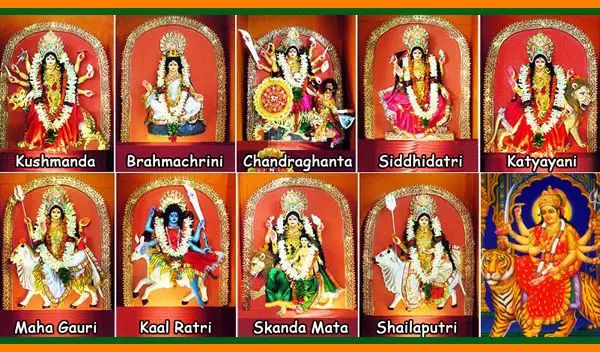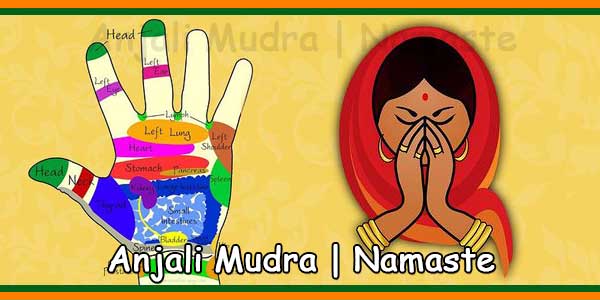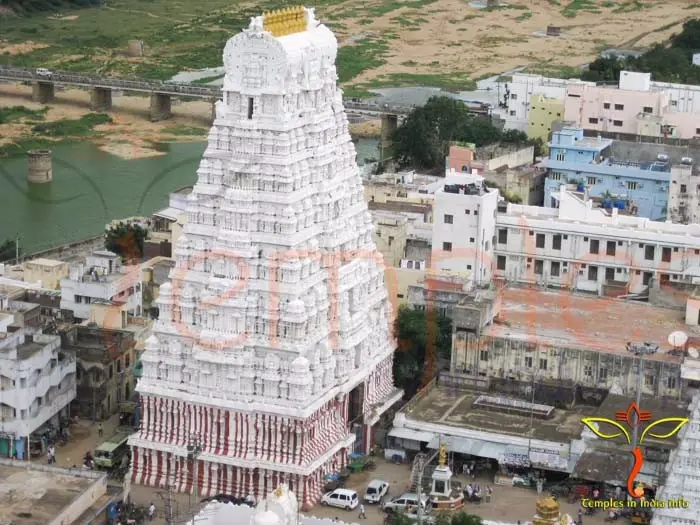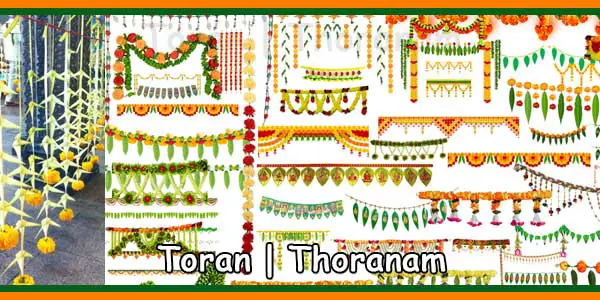Shodasha Samskar List. Examples
A Samskara is a sacred ceremony performed for the welfare of the human being. The two root words in Samskara are Sam and Kr. Sam signifies welfare, happiness, prosperity and Kr translates to activity or doing. Samskara can also be roughly translated to impressions. Shodasha Samskara are 16 traditions or series of rituals to mark […]


